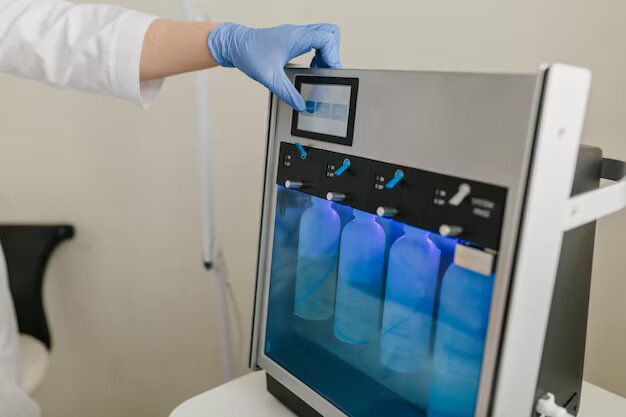Automotive engineering is a rapidly evolving field and everyday new and intense efforts are made to ensure the safety and durability of vehicles are of paramount importance. To achieve this, rigorous testing methodologies are employed to assess the performance and reliability of automotive components and systems. Cryogenic shock testing, a specialized technique that exposes components like engine parts, vehicle structure. And stainless steel pressure vessels used for storing natural gas in NGV green vehicles and in automatic tire inflation systems, etc. To extreme temperature variations, has emerged as a valuable tool in the automotive industry.
Evaluation of materials and superstructure in vehicle design:
Choosing the best material to use: Cryogenic shock testing plays a vital role in the development. And validation of new materials used in automotive applications. By exposing materials to extreme cold temperatures, engineers can assess their performance characteristics, including elasticity, ductility, and resilience. This testing technique aids in the selection of suitable materials for specific automotive components, ensuring they can withstand temperature variations without compromising safety or functionality. Moreover, cryogenic testing assists in evaluating material behavior in extreme conditions. Providing valuable insights for designing more robust and reliable automotive systems.
Ensuring Structural Strength & Integrity: One of the primary applications of shock testing in the automotive sector is for structural testing of vehicle components. This has become very important for green vehicles. Which run on natural gas where fuel is stored in a stainless steel pressure vessel and purpose-built gas cylinders. By subjecting components to rapid temperature changes, this testing method can simulate real-world operating conditions. Such as sudden temperature variations encountered during a vehicle’s lifespan. Structural testing enables engineers to evaluate the durability and integrity of materials, identifying potential weaknesses or failure points that could compromise safety or performance. Components commonly tested include engine parts, suspension systems, chassis elements, and body structures.
Component and subsystem level testing for specific vehicles:
Electronics and Electrical Systems
With the increasing complexity and integration of electronics and electrical components in modern vehicles, cryogenic testing has become crucial for ensuring their reliability. This testing method helps identify potential vulnerabilities of electronic systems and components when exposed to rapid temperature changes. By simulating extreme temperature conditions, engineers can evaluate the impact of thermal stress on electronic components, such as sensors, control modules, and wiring harnesses.
Preventing any Leakage of any kind
Cryogenic testing is also employed to evaluate the behavior and performance of fluid systems in vehicles. This includes testing fuel systems, cooling systems, and lubrication systems under extreme temperature variations. By subjecting fluid lines, pumps, valves, stainless steel pressure vessel and tanks to cryogenic shock, engineers can assess their integrity, flow characteristics, and resistance to thermal stress. This testing helps identify potential leaks, component failures, or performance degradation caused by temperature fluctuations, ensuring the reliability and efficiency of fluid systems in vehicles.
Stopping Power Tests
Brake systems are critical for vehicle safety, and their performance must be thoroughly evaluated. Cryogenic shock testing provides a valuable tool for assessing the performance and reliability of brake components under extreme temperature conditions. By subjecting brake pads, rotors, calipers, and hydraulic systems to rapid temperature variations, engineers can determine their ability to withstand thermal stress and maintain consistent performance. This testing method aids in identifying potential issues such as brake fade, reduced stopping power, or premature wear, enabling the development of more efficient and durable brake systems.
Cryogenic testing has emerged as a valuable tool in the automotive engineering sector, offering numerous applications for ensuring the safety, reliability, and durability of vehicles. By identifying weaknesses and failure points, it contributes to the continuous improvement of automotive design and enhances the overall quality and safety of vehicles on the road.

